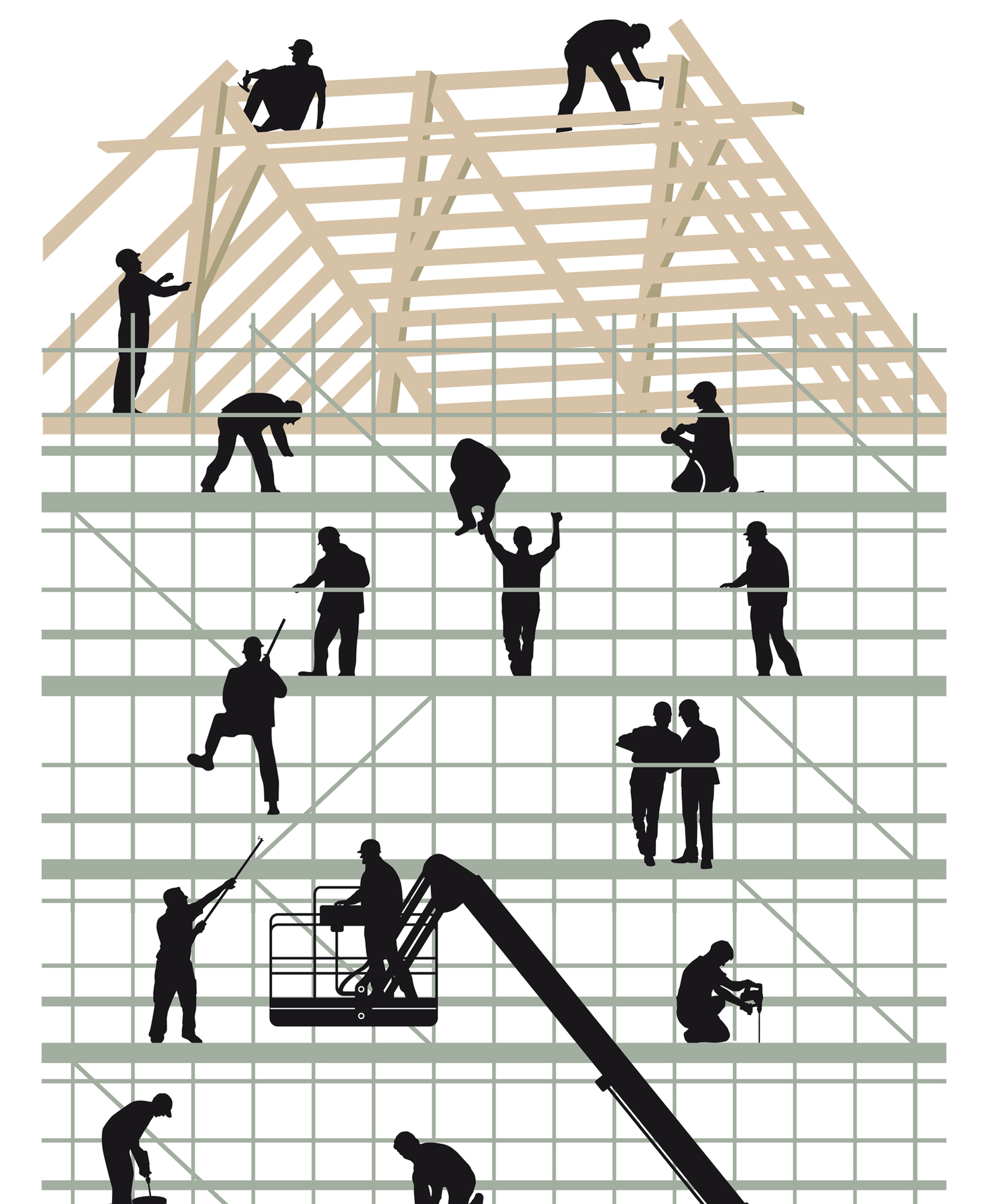Significance of Retrofitting

Retrofitting can be defined as the addition of new features or technology to an older system of a building structure. In the context of Nepal, seismic retrofitting is done to strengthen older buildings in order to make them earthquake resistant.
The earthquake of April, 2015 was disastrous and many old buildings had collapsed creating a catastrophe. Upon re-building such buildings some features were updated. These special features which were retrofitted were able to resist seismic forces. An estimated half a million of the earthquake affected houses were only partially damaged. The houses were still standing but were found to be cracked and unsafe for living conditions. Instead of conducting new construction programs, the homeowners need to retrofit and update the structure of their old homes.
It has been estimated that about 500,000 Nepali earthquake-affected homeowners in Nepal now have the option to retrofit their damaged homes. If the homeowners retrofit their homes, about 2.5 million lives would be made safe from future earthquakes. Retrofitting requires 30 megatons of construction materials and if this process is applied about 1 billion USD could be saved.
Build Change for stone masonry buildings in mud mortar created and submitted a retrofitting design to The National Reconstruction Authority (NRA) which got approved on June 4th, 2017. This approval of retrofit type design made the Government of Nepal open the door to retrofitting. The homeowners across the earthquake affected areas were now able to seismically strengthen their house damaged by the earthquake.
This became a turning point in the history of Nepal’s reconstruction as for the first time a clearly defined retrofit solution was available. A large numbers of homeowners with earthquake damaged mud and stone rural houses were able to re- construct. Retrofitting has now become an innovative and cost-effective method of seismically strengthening existing houses.
After the approval of the mud & stone type design by the National Reconstruction Authority, Build Change is involved in developing additional type designs for dry stone rural houses and adobe houses. Both of these house structures are found to be common in Nepal.
Why is retrofitting important in the context of Nepali homeowner?
Retrofitting is a swift process and it allows homeowners to return to their seismically strengthened home quickly. They can reestablish their agrarian lifestyle at a faster rate. This kind of system is paramount in rural villages as the houses found there are both a home and a farm. Traditional houses of rural areas generally consist of a barn, a granary and a home, all in one. Retrofitting done on a rural house protects families along with their livestock from the collision of future earthquake damage. This allows families to restore their livelihoods and return to their pre-earthquake level of economic productivity.
The main goal of Retrofitting is to help stabilize the current structure of buildings and making them earthquake resistant. Effective and strategic visions have been made by the government to further enhance the designs and modules of retrofitting for rural Nepal. It will eventually be a turning point in the history of Nepal’s reconstruction system.


